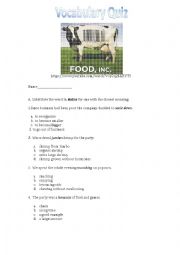
|
FOOD INC Vocabulary
After watching Food Inc in our film class I gave this vocab quiz to review vocabulary from the movie. I gave students a list of the vocabulary words ( plus a few extra ) to study BEFORE watching the movie, and then this quiz to test their memories. Some of the questions contain vocab in their original context, and others contain questions with th...
Level: advanced
Age: 15-100
Type: lesson-plan
Downloads: 28
|
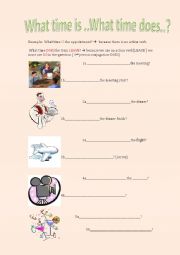
|
What time is .. . OR What time does . .?
An exercise to practice the difference between questions with the verb TO BE and questions using the auxiliary verb DO. Students rewrite the same question using both verbs, choosing WHAT TIME IS ( the movie, etc.) or WHAT TIME DOES ( the movie, etc.) START
Level: elementary
Age: 10-100
Type: worksheet
Downloads: 2
|
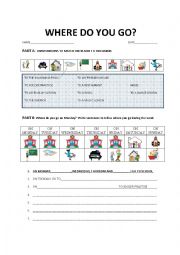
|
Days of the Week + GO TO verb
I double print page 2 to use as memory to introduce the �place� vocab to the kids, having them add the phrase �I go to . . .�
We then do the worksheet together.
Level: elementary
Age: 6-14
Type: worksheet
Downloads: 17
|
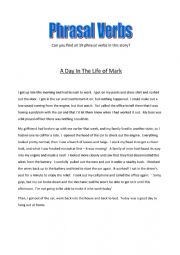
|
Phrasal Verbs Story and Exercises
Use this story to introduce some common phrasal verbs
Level: advanced
Age: 15-100
Type:
Downloads: 23
|
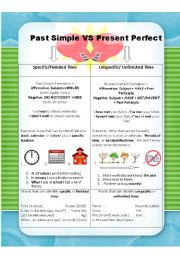
|
Past Simple VS Present Perfect
Formation of both types of past with explanation and exercises
Level: intermediate
Age: 10-100
Type: worksheet
Downloads: 75
|
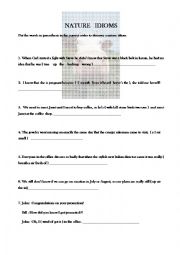
|
Nature Idioms
Unscramble the words in parenthesis to discover a nature idiom. Students can work alone to put the words in order, then go into pairs to deduct the meaning of the idiom from the example.
Level: advanced
Age: 12-100
Type: worksheet
Downloads: 15
|